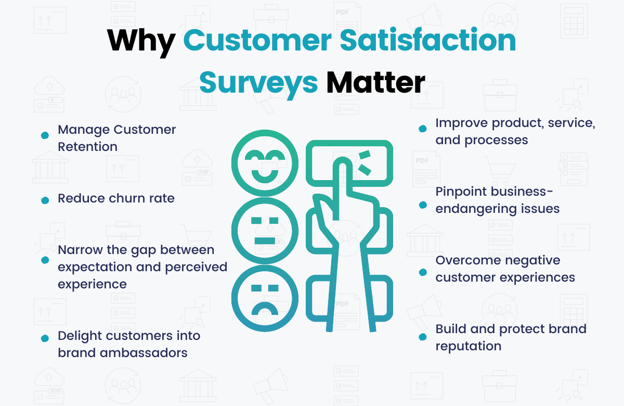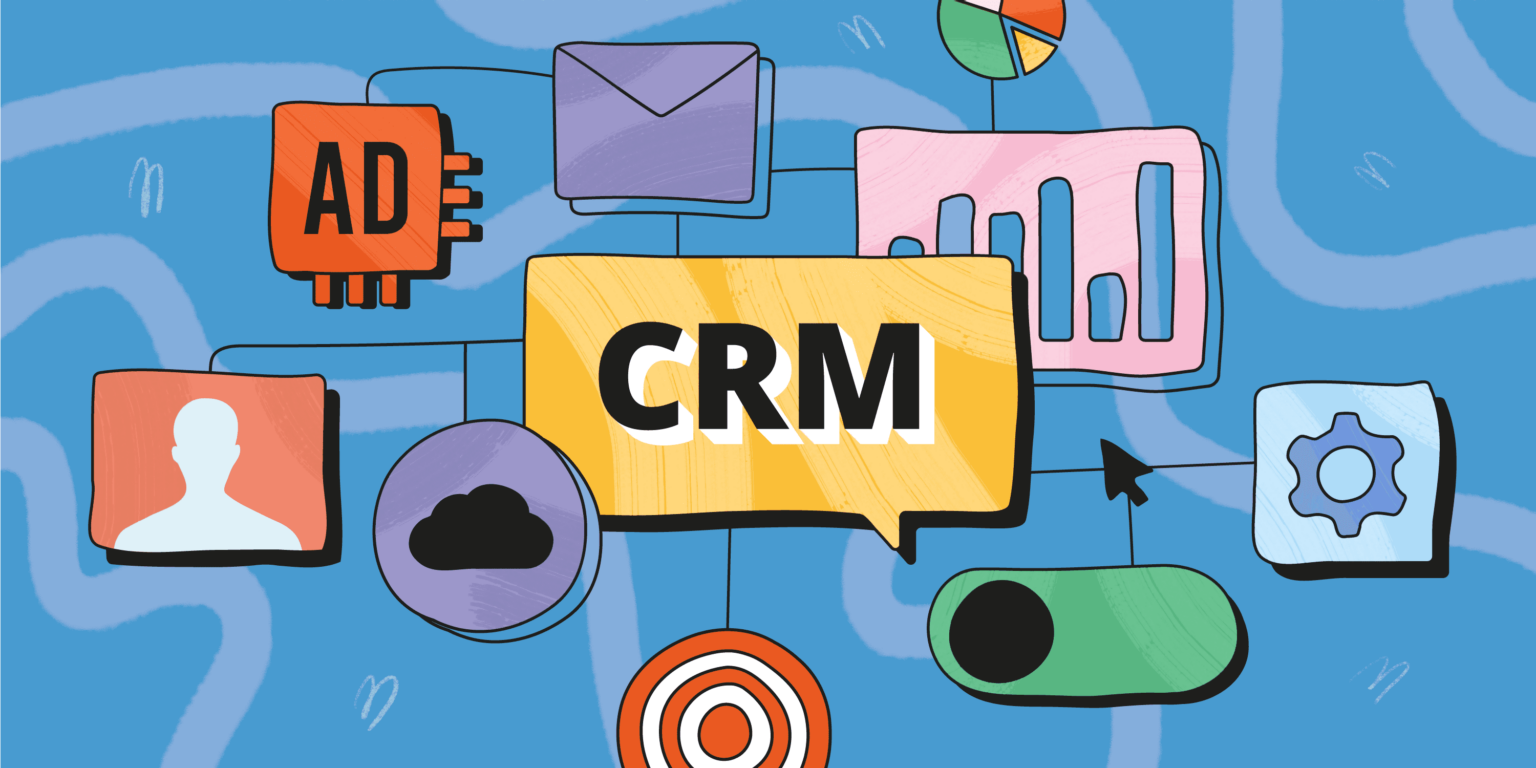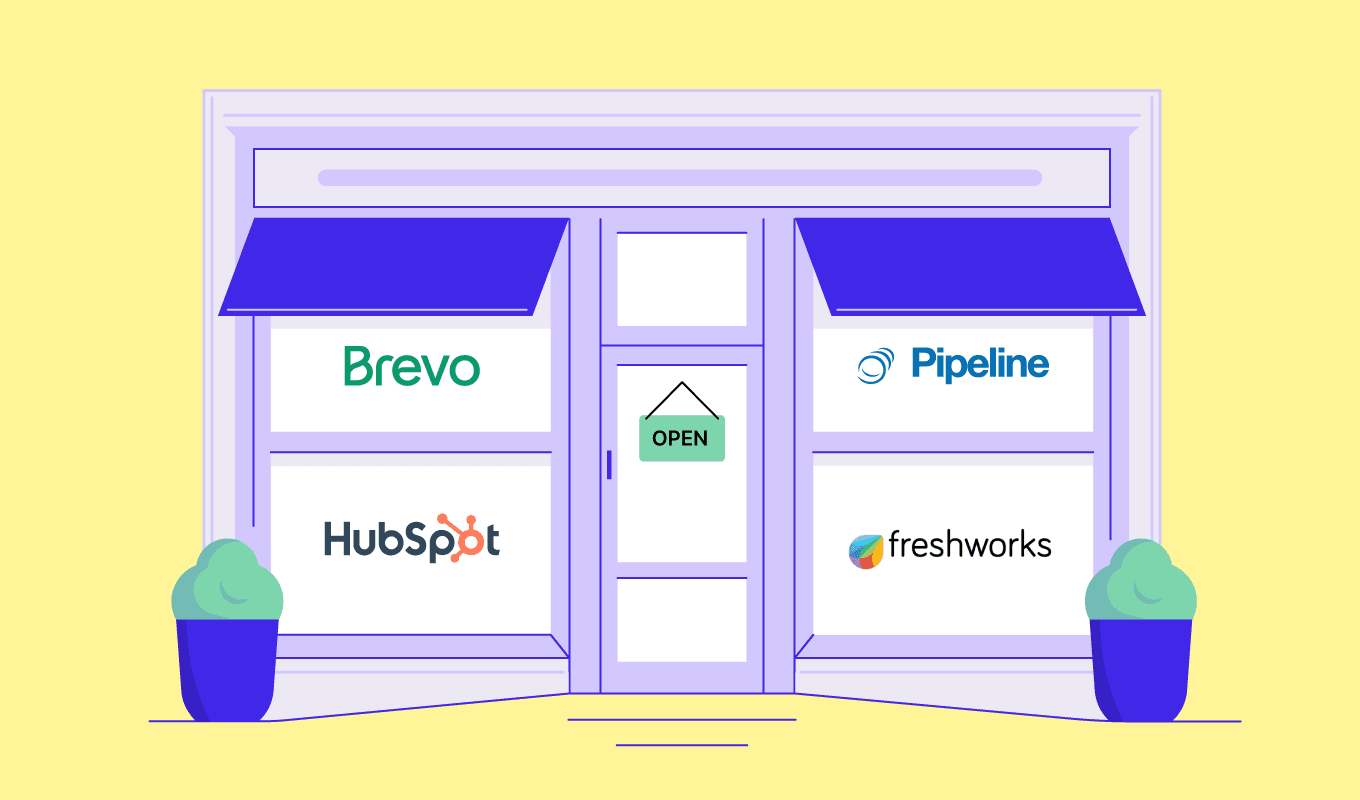
Boosting Customer Engagement & Sales: A Deep Dive into CRM, Marketing, and Customer Surveys
In today’s hyper-competitive marketplace, understanding and catering to your customers is no longer a luxury – it’s a necessity. Businesses that truly understand their customers, anticipate their needs, and deliver exceptional experiences are the ones that thrive. This is where the power of Customer Relationship Management (CRM) systems, strategic marketing initiatives, and insightful customer surveys converge to create a potent force for growth. This comprehensive guide delves into the interconnected world of CRM marketing and customer surveys, providing you with the knowledge and tools to transform your customer relationships and drive significant business results.
The Foundation: Understanding CRM
At its core, a CRM system acts as the central nervous system for your customer interactions. It’s a technology that helps you manage all your relationships and interactions with potential and current customers. It’s more than just a database; it’s a strategic tool that empowers you to:
- Centralize Customer Data: Consolidate all customer information – contact details, purchase history, communication logs, and more – in one accessible location.
- Improve Communication: Facilitate seamless communication across all departments, ensuring everyone is on the same page regarding customer interactions.
- Enhance Sales & Marketing Efforts: Provide valuable insights into customer behavior, enabling targeted marketing campaigns and personalized sales approaches.
- Boost Customer Service: Empower your support team with the information they need to quickly and effectively resolve customer issues.
- Increase Efficiency: Automate repetitive tasks, freeing up your team to focus on more strategic initiatives.
Choosing the right CRM system is crucial. Consider your business size, industry, and specific needs. Some popular CRM platforms include Salesforce, HubSpot, Zoho CRM, and Microsoft Dynamics 365. Each offers a different set of features and pricing models, so research and compare options to find the best fit for your organization.
The Marketing Connection: CRM-Powered Marketing Strategies
CRM isn’t just for sales; it’s a powerful engine for marketing. By integrating your CRM with your marketing efforts, you can unlock a new level of personalization and effectiveness. Here’s how:
1. Segmentation & Targeting
CRM data allows you to segment your audience based on various criteria, such as demographics, purchase history, engagement levels, and website activity. This enables you to create highly targeted marketing campaigns that resonate with specific customer groups. For example, you could target customers who haven’t purchased in a while with a win-back campaign or offer exclusive deals to your most loyal customers.
2. Personalized Email Marketing
Forget generic, one-size-fits-all emails. CRM data allows you to personalize your email campaigns with customer names, purchase history, and other relevant information. This level of personalization significantly increases open rates, click-through rates, and conversions. You can also automate email sequences based on customer behavior, such as sending a welcome email to new subscribers or a cart abandonment email to customers who left items in their shopping cart.
3. Lead Scoring & Nurturing
CRM systems can help you identify and prioritize leads based on their engagement and behavior. Lead scoring assigns points to leads based on their interactions with your website, emails, and other marketing materials. This allows you to focus your sales efforts on the most promising leads and nurture them through the sales funnel with targeted content and communication.
4. Social Media Integration
Many CRM systems integrate with social media platforms, allowing you to track social media interactions, monitor brand mentions, and engage with customers directly. You can also use social media data to segment your audience and personalize your social media campaigns.
5. Marketing Automation
CRM platforms often include marketing automation features that allow you to automate repetitive marketing tasks, such as email marketing, social media posting, and lead nurturing. This frees up your team to focus on more strategic initiatives and improves efficiency.
The Voice of the Customer: The Power of Customer Surveys
While CRM and marketing provide valuable insights, customer surveys offer a direct line to the voice of your customers. They provide you with invaluable feedback on your products, services, and overall customer experience. Here’s how customer surveys can enhance your CRM and marketing efforts:
1. Gathering Actionable Insights
Customer surveys allow you to gather specific, actionable feedback that can be used to improve your products, services, and overall customer experience. You can ask targeted questions about customer satisfaction, product usability, and areas for improvement. This data can then be used to inform your marketing strategies and product development efforts.
2. Measuring Customer Satisfaction (CSAT)
CSAT surveys measure customer satisfaction with a specific interaction or experience. This can be as simple as asking, “How satisfied were you with your recent purchase?” on a scale of 1 to 5. CSAT scores provide a quick and easy way to gauge customer satisfaction and identify areas where you need to improve.
3. Assessing Customer Loyalty (NPS)
Net Promoter Score (NPS) surveys measure customer loyalty and predict future growth. The NPS question typically asks, “On a scale of 0 to 10, how likely are you to recommend our company to a friend or colleague?” Based on their responses, customers are categorized as promoters (9-10), passives (7-8), or detractors (0-6). NPS scores provide valuable insights into customer loyalty and can be used to identify areas where you need to improve customer relationships.
4. Uncovering Customer Needs & Preferences
Surveys can be used to gather information about customer needs, preferences, and pain points. This information can be used to develop new products and services, improve existing offerings, and tailor your marketing messages to resonate with your target audience. Open-ended questions in surveys allow customers to express their thoughts and feelings in their own words, providing rich qualitative data.
5. Identifying Areas for Improvement
By analyzing survey results, you can identify areas where your business is excelling and areas where you need to improve. This can include everything from product quality and customer service to website usability and marketing effectiveness. This data allows you to make informed decisions about how to allocate your resources and improve your overall business performance.
Integrating CRM, Marketing, and Customer Surveys: A Synergistic Approach
The true power lies in integrating your CRM, marketing, and customer survey efforts. Here’s how to create a synergistic approach:
1. CRM as the Central Hub
Use your CRM as the central repository for all customer data, including survey responses. This provides a 360-degree view of each customer and allows you to tailor your marketing and sales efforts accordingly.
2. Survey Data for Segmentation
Segment your audience based on survey responses. For example, you could create a segment of customers who are dissatisfied with your product and target them with a special offer or a personalized message to address their concerns.
3. Triggered Surveys Based on CRM Activity
Automate the sending of surveys based on customer interactions within your CRM. For example, you could send a CSAT survey after a customer service interaction or an NPS survey after a recent purchase.
4. Personalized Marketing Based on Survey Responses
Use survey responses to personalize your marketing messages. For example, if a customer indicates in a survey that they are interested in a specific product, you can send them targeted emails with information about that product.
5. Closing the Feedback Loop
Make sure to close the feedback loop by responding to customer feedback and taking action to address their concerns. This demonstrates that you value their input and are committed to improving their experience. Share survey results with relevant teams and departments to encourage a customer-centric culture.
Best Practices for CRM Marketing and Customer Surveys
To maximize the effectiveness of your CRM marketing and customer surveys, consider these best practices:
For CRM:
- Choose the Right CRM: Select a CRM system that meets your specific needs and integrates seamlessly with your other marketing tools.
- Clean & Accurate Data: Regularly clean and update your CRM data to ensure accuracy and relevance.
- Train Your Team: Provide comprehensive training to your team on how to use the CRM system effectively.
- Automate Where Possible: Automate repetitive tasks, such as data entry and email marketing, to improve efficiency.
- Analyze & Optimize: Regularly analyze your CRM data and marketing campaigns to identify areas for improvement.
For Customer Surveys:
- Define Your Objectives: Clearly define the goals of your survey before you start.
- Keep it Short & Simple: Ask only the most important questions and keep your survey concise.
- Use a Variety of Question Types: Use a mix of multiple-choice, rating scale, and open-ended questions to gather a variety of data.
- Target the Right Audience: Send your surveys to the right audience segments to gather relevant feedback.
- Offer Incentives: Consider offering incentives, such as discounts or gift cards, to encourage participation.
- Analyze Your Results: Analyze your survey results to identify trends and patterns.
- Act on the Feedback: Take action to address customer concerns and implement changes based on their feedback.
Measuring Success: Key Metrics to Track
To assess the effectiveness of your CRM marketing and customer survey efforts, track these key metrics:
- Customer Acquisition Cost (CAC): The cost of acquiring a new customer.
- Customer Lifetime Value (CLTV): The predicted revenue a customer will generate over their lifetime.
- Conversion Rates: The percentage of leads who convert into customers.
- Customer Retention Rate: The percentage of customers who remain customers over a given period.
- Customer Satisfaction (CSAT) Scores: Measured through CSAT surveys.
- Net Promoter Score (NPS): Measured through NPS surveys.
- Survey Response Rates: The percentage of customers who respond to your surveys.
- Email Open Rates & Click-Through Rates: Measures the effectiveness of your email campaigns.
- Website Traffic & Engagement: Track website visits, bounce rates, and time on site.
By tracking these metrics, you can gain valuable insights into the performance of your CRM, marketing campaigns, and customer service efforts. This data allows you to make data-driven decisions and continuously optimize your strategies for maximum impact.
Challenges & Considerations
While the combination of CRM, marketing, and customer surveys offers tremendous potential, there are challenges to consider:
- Data Privacy & Security: Ensure you comply with all data privacy regulations, such as GDPR and CCPA, when collecting and using customer data. Implement robust security measures to protect customer information.
- Data Quality: Poor data quality can undermine the effectiveness of your CRM and marketing efforts. Invest in data cleansing and validation processes.
- Integration Challenges: Integrating your CRM, marketing automation tools, and survey platforms can be complex. Choose platforms that integrate seamlessly or consider using a third-party integration platform.
- Survey Fatigue: Avoid overwhelming customers with too many surveys. Space out your surveys and keep them concise.
- Analysis Paralysis: Don’t get bogged down in analyzing data. Focus on the key insights and take action to address customer concerns and improve your business performance.
- Team Buy-in: Ensure that your entire team understands the importance of CRM, marketing, and customer surveys and is committed to using them effectively.
The Future of CRM, Marketing & Customer Surveys
The landscape of CRM, marketing, and customer surveys is constantly evolving. Here are some trends to watch:
- AI-Powered CRM: Artificial intelligence is being used to automate tasks, personalize customer interactions, and provide predictive analytics.
- Hyper-Personalization: Businesses are increasingly focusing on hyper-personalization, tailoring their marketing messages and customer experiences to individual customer preferences.
- Voice of the Customer (VoC) Programs: Businesses are investing in comprehensive VoC programs to gather customer feedback from multiple channels.
- Cross-Channel Marketing: Businesses are using cross-channel marketing strategies to deliver consistent and personalized experiences across all touchpoints.
- Focus on Customer Experience (CX): CX is becoming a key differentiator, with businesses prioritizing customer experience above all else.
By staying informed about these trends, you can ensure that your CRM, marketing, and customer survey efforts remain cutting-edge and effective.
Conclusion: The Power of a Customer-Centric Approach
In conclusion, the integration of CRM, strategic marketing, and customer surveys is a powerful combination for driving business growth and building lasting customer relationships. By leveraging the insights gained from customer data, you can create personalized marketing campaigns, improve customer service, and continuously improve your products and services. The key is to adopt a customer-centric approach, focusing on understanding and meeting the needs of your customers. By embracing this approach, you can transform your business and achieve sustainable success in today’s competitive market.
Embrace these strategies, implement best practices, and continuously monitor your progress. The journey to customer-centricity is an ongoing process, but the rewards – increased customer loyalty, higher revenue, and sustainable growth – are well worth the effort.


